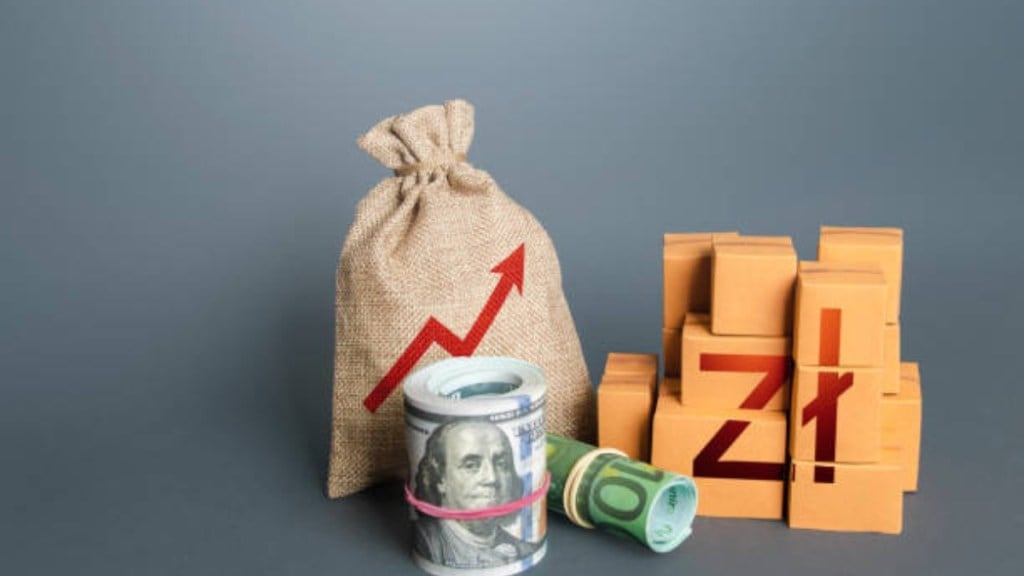Thankful for not having a pinching winter this year? You are likely to be penny pinching soon. An unusually warm January and February, plus what promises to be a scorching summer ahead, is indicative of rising food inflation in the coming months. After a steady decline for five months through February, prices of several key commodities, including wheat and edible oils, are already starting to look up, besides staple vegetables’ supply taking a hit. Retail prices of mass consumption edible oils are currently ruling 20-60% higher than year-ago levels.
Sources said recent above-normal temperatures have hit yield of standing rabi crops, particularly wheat, mustard and pulses. Potato prices declined 2.9% on month in February, and onion prices crashed by 13.6%, but the price fall could be arrested given the India Meteorological Department’s forecast of high temperatures in early summer months. Prices of vegetables, fruits and pulses had softened in recent months following robust harvests. However, wheat and chicken prices are already rising.
Costlier food items at the retail level could complicate the task of the Reserve Bank of India (RBI) as well in the current monetary easing cycle. The RBI is already facing the prospect of an uptick in core inflation over the next few months, given the depreciating rupee and the escalating global tariff war.
After the hottest February in the past 125 years, the IMD’s projection of above normal temperature this month, crucial for grain formation, is likely to hit wheat, chana and mustard production. Trade sources said wheat crop is likely to be impacted in Uttar Pradesh, which contributes over 40% of domestic output, as the grain might shrivel by the end of March. Harvesting season of the rabi crop is between March 15 and April 30.
“We expect the pace of price reduction in vegetable prices to reduce as we exit the winter months,” said Gaura Sen Gupta, chief economist, IDFC First Bank, adding that the risk of warmer winters and its impact on rabi crops need to be monitored. Gupta, however, said the sharp reduction in vegetable prices is likely to result in February consumer price index (CPI) index reducing to 3.9% from 4.31% in January, a prediction that is in line with the median of a poll among 15 economists conducted by FE.
As per department of consumer affairs data, the modal retail prices of edible oils—mustard, soybean, sunflower and palm oil—have risen by 18%, 40%, 46% and 64%, respectively, compared to the year-ago levels. The spike is mostly attributed to hike in global cooking oil prices. Edible oil inflation remained high at 15.64% in January—highest for any item in the food basket.
Due to global surge in demand and diversion of palm oil for biofuel, the landed cost at Mumbai of crude cooking oils—palmolein, sunflower and soy—have risen to $1130 per tonne, $1230 per tonne and $1173 per tonne at the end of last month, which are increases of 26%, 34% and 27%, respectively, compared to the previous year.
Since September 14, 2024, the government raised import duties on crude palm, soybean, and sunflower oils to 27.5% from 5.5%, while duties on refined edible oil rose to 35.75% from 13.75%. This was aimed at boosting domestic production as the country imports about 58% of its edible oil consumption of 24-25 million tonne (MT) annually.
Meanwhile, analyst say edible oil prices may soften during the first quarter of FY26 as China, a major buyer of edible oil, has imposed an additional tariff of 10% over and above 25% import duty on soybean imports from the US. The move has led to a decline in global soybean prices by $50 per tonne to $1,150 per tonne in the past couple of days.
Madan Sabnavis, chief economist, Bank of Baroda, said: “Vegetable and fruit inflation is still above 10% and edible oil inflation has gone up, which will be a worry given the high import intensity.” While projecting a cooling of vegetable prices, which might have led to decline in headline CPI inflation to 4% for February, Suman Chowdhury, chief economist, Acuite Ratings and Research, said, “There are signs of a heating up in wheat and edible oil prices that may arrest the downtrend in food inflation in the next few months.” Chicken prices rose by 7.5% on year in January, on account of higher feed cost.
Inflation in pulses moderated further to 2.59% in January from a high of 113% in August 2024 as prices softened due to prospects of robust kharif harvest and imports. Retail inflation in pulses has been in double digits since June 2023 because of lower output of key varieties of pulses like chana, tur and urad. Inflation in the vegetable category was 11.35% in January, compared to a decline of 26.56% in December.
On the monetary policy front, most economists expect the RBI to cut the repo rate by 50 bps in FY26, with the next cut likely in the April policy review, given the growth slowdown and the easing of inflation. The benchmark interest rate was cut for the first time in nearly five years on February 7, by 25 basis points to 6.25%.

